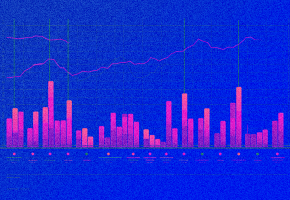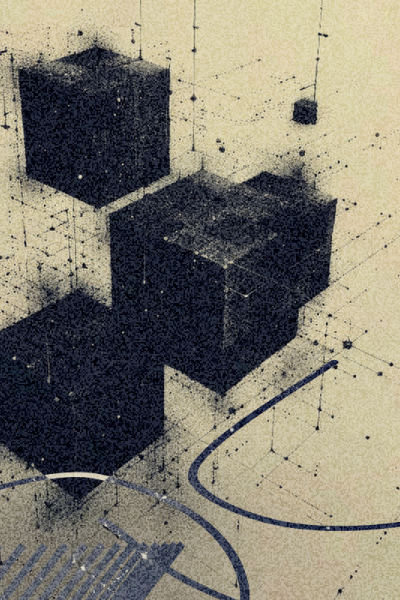ZKP (Zero-Knowledge Proof) means a proof of knowledge with zero disclosure. Its essence lies in a method of proving knowledge of information without disclosing the information itself.
Zero-knowledge proof explained and 2024 Trends

One of the use cases in the creation of Bitcoin and other cryptocurrencies was to provide anonymity in transactions and ensure their confidentiality. Initially, this was the case, but as the network usage grew and the "network effect" increased, it became clear that the existing blockchain technology was working exactly the opposite.
All transactions were entirely transparent and readable, making it potentially traceable. As a result, the first projects dealing with de-anonymizing addresses started to emerge – for instance, the renowned Chainalysis was founded back in 2014, and the company has been in operation for almost 10 years now. Currently, they are leaders in this field with an estimated value of $8.6 billion.
However, every action has a reaction. Anonymous coins started to appear, such as Monero, Dash, and Zcash. All of them were built on Bitcoin's code and implemented cryptographic encryption tools for transaction anonymization:
- Dash – uses fund mixing
- Monero – employs ring signatures
- Zcash – utilizes zero-knowledge proof (ZKP) technology
These anonymous cryptocurrencies have been around for about a decade, but their demand remains very low, except for one technological solution – ZKP technology. Among these three technologies, zero-knowledge proof is the one that has seen significant development and is gaining popularity in recent years.
How does zero-knowledge proof work
The verifying party (validators, smart contracts) repeatedly asks questions and receives answers to those questions without obtaining additional "unnecessary" data about the transaction or the user. All answers must be correct; otherwise, the transaction will not be processed. This ensures a high level of user anonymity, transaction confidentiality, and data security.
This concept was initially implemented in the cryptocurrency Zcash. However, at that time, it did not gain proper understanding and utilization. It was only around 5 years later that active discussions about this technology began again. This resurgence was primarily linked to two problems:
- Low throughput — a fundamental issue for the entire crypto space that has been attempted to be addressed practically since the industry's inception. Various solutions are being created, including static and dynamic sharding, parallel transaction processing, sidechains, rollups, and other Layer-2 solutions.
- Increasing leaks of customers' personal data from various services, including major ones. Facebook, in particular, stood out — user data from this social network leaks into the network annually. In 2021, a leak of over 1.5 billion personal records occurred, making it the largest leaked database in the world. Similar problems are observed with other IT giants: Google, Microsoft, Netflix, and various smaller companies.
While many understood and knew how the functionality of zero knowledge proof for ensuring anonymity should work from the beginning, no one initially thought about using zero-knowledge proof as a technology for scalability. That's why until 2021, practically no one knew what it was and why this solution was needed.
At that time, it seemed like a dead-end development branch that could only be applied as a concept for blockchain anonymization. However, working with ZKP as a confidential solution seemed pointless because there was no significant demand for it. Therefore, until 2021, only "enthusiasts" and enthusiasts were involved in this direction. Everything changed with the emergence of the first working products based on zero-knowledge proof.
Explore how ZKP and ZK-rollups help solve the scalability problem
The detailed review of the ZKsync blockchain in our article
What happened with ZKP solutions in 2021-2022: Zero-knowledge proof examples
Several teams have been working on ZKP and its derivative solutions SNARK and STARK since 2018. The main players include Matter Labs (developing zkSync), Starkware (working on StarkEx and Starknet), and O(1) Labs (developing Mina). By the end of 2020, many of these projects already had active testnets in operation.
The real boom occurred in 2021 when numerous projects launched mainnets utilizing ZK solutions, a few zero knowledge proof examples:
- zkSync Lite - June 2020
- dYdX - February 2021
- Mina - March 2021
- Sorare - June 2021
- MetisDAO - November 2021
- Starknet - November 2021
Most of these are fully-fledged blockchain networks, either at Layer-1 or Layer-2. They played a significant role in setting the trend for ZKP development. However, this was just the beginning.
After the launch of their mainnets, there was a noticeable increase in transaction speed and cost-effectiveness. Partly, this was due to the active development of Layer-2 solutions such as Optimism and Arbitrum at that time. However, these were built on Optimistic Roll-ups technology, which, without delving into technical details, is considered a more short-term solution or, as programmers call it, a "band-aid" that solves the problem here and now but has unclear prospects from a long-term perspective.
Furthermore, Vitalik Buterin himself has repeatedly stated that ZKP solutions are more resilient in the long-term future and more beneficial for blockchain. Many other renowned developers echoed his sentiments. In 2021, the creator of Ethereum placed zk-rollups technology at the forefront of Ethereum's development.
Following this, a significant shift in focus occurred towards ZKP as more scalable systems. The market realized that this technology is genuinely progressive, leading to many new teams creating products in this direction. Numerous investors, including Tier-1 and Tier-2, supported them. As a result, in 2021-2022, we witnessed a massive influx of investments in projects related to ZKP solutions, primarily in Layer-1 and Layer-2 networks. To understand how interesting this technology became for investors, it's sufficient to look at the following investment rounds:f
- Aleo — a new Layer-1 blockchain based on ZKP. Raised a staggering $298 million through three investment rounds in just one year, with top-tier investors, including the legendary venture fund a16z.

- Aztec — a Layer-2 solution on top of Ethereum, attracted $117 million over the year in two investment rounds. The investor lineup is almost identical, with three major funds — a16z, Paradigm, and ConsenSys — leading the way.

- Scroll — a Layer-2 solution on top of Ethereum blockchain for developers, gathered $80 million in a year. Again, the investor composition closely mirrors the examples mentioned earlier, with high-profile VC funds featuring globally recognized names.

Besides these projects, there are others making waves in the ZKP trend, boasting impressive investors:
- IronFish - A Layer-1 blockchain aiming to simultaneously become a Layer-3 for all blockchain networks, serving as a privacy layer based on ZKP. They secured $32 million from Sequoia Capital, a16z, Electric Capital, and Slow Ventures.
- Anoma Network (Namada) - A Layer-1 blockchain aiming to facilitate asset movements between different networks based on anonymity. They attracted $57 million from Polychain, Electric, Coinbase, and Delphi Digital.
- Linea - A Layer-2 solution on top of Ethereum blockchain for anonymous interaction with dApps (decentralized applications). It is a flagship product of the parent company ConsenSys, alongside Metamask and Infura. In 2021-2022, the company raised a staggering $715 million for all its products from numerous Tier-1 and Tier-2 investors.
And that's not all. The previously mentioned companies, zkSync and Starkware, raised substantial investment rounds in 2021-2022. Matter Labs (zkSync founders) raised $450 million, while Starkware secured $225 million. Once again, major venture funds participated in these rounds.
Drawing from this data, a few key points can be noted:
- In 2021-2022, funding for ZKP was primarily directed towards Layer-1 and Layer-2 networks. This is because these projects are currently laying the infrastructure for this technology.
- During the recent bullish market, the anonymity and ZKP sector became the most funded alongside the DeFi segment. Collectively, companies in this sector raised several billion dollars.
- The substantial investment volume indicates that all major investors are making a significant bet on this solution. This is primarily because ZKP addresses the two main problems mentioned earlier - scalability and confidentiality.
What Happened with ZKP Solutions in 2023
If 2021 and 2022 were marked by massive investments in the sector, 2023 witnessed a widespread release of products, the launch of testnets, and mainnets. It can be aptly characterized as the year of product development.
The most significant event was the launch of zkSync Era in March 2023. Prior to this, the zkSync Lite network had been operational for 2.5 years, serving as a testing ground for real-world experimentation. It's worth noting that this network faced several challenges, with numerous bugs, glitches, and other complexities. The team acknowledged this and, with their second mainnet, introduced a fully functional product that has been running smoothly ever since.
The user activity on zkSync Era is experiencing rapid growth, with:

In just 8 months, over 5 million addresses have been created, with approximately 300 thousand being active on a daily basis within zkSync. What's particularly noteworthy is that, in terms of these metrics, zkSync has already caught up with and surpassed its main competitors in the rollups sector - Optimism and Arbitrum.
When it comes to transaction volume, zkSync is also demonstrating robust dynamics:

In the span of 8 months, over 180 million transactions have been processed and sent to the Ethereum network. Moreover, when it comes to daily transaction numbers (around 1 million per day), zkSync is holding its ground at a level comparable to Ethereum.
Furthermore, it's worth noting that the zkSync ecosystem is experiencing rapid growth. Currently, there are over 300 projects deployed on this network:

In addition to zkSync, other ZKP networks are also making significant strides, such as Starknet. Since the beginning of 2023, the Total Value Locked (TVL) in this project has surged by 30 times, skyrocketing from $5 million to an impressive $150 million.

The number of daily active accounts has also seen a substantial increase, soaring from 6,000 DAU to an average of 150,000 DAU.

However, it's worth noting that Starknet currently lags behind zkSync Era in terms of user-friendliness. Nevertheless, the Starkware team is actively addressing this and has already resolved a significant number of bugs. Another obstacle to even faster growth is the lack of compatibility with the Ethereum Virtual Machine (EVM). However, the team plans to tackle this in the coming years.
Additionally, it's essential to highlight other major players entering the development of their ZKP solutions. The most prominent among them is Polygon, which launched the Polygon zkEVM network this year. Currently, its popularity is not as extensive among users, with the network processing around 50 thousand transactions per day. However, the network already hosts 45 dApps, showcasing a promising trend - more than one project deployed per week.
Moreover, the leading blockchain gaming infrastructure, Immutable X, introduced the capability to deploy games on Polygon zkEVM in March 2023. Additionally, ImmutableX continues to offer the StarkEx solution from the StarkWare team, which is also based on zero knowledge proof.
Another major player, Scroll, launched the mainnet of its network in October 2023 and quickly achieved impressive results. Within the first month, the number of addresses on this network surpassed the 2 million mark.

On the other hand, its competitor, the Linea network by ConsenSys, achieved this milestone in 4 months but demonstrated a smoother growth trajectory:

It's worth noting that Linea is experiencing more stable growth compared to Scroll. Evidence of this lies in the increasing network usage dynamics. In just a few months, the daily transaction volume has surged to 400.000 per day. For comparison, this is on par with similar metrics for Arbitrum and Optimism.

Furthermore, it's noteworthy that new projects are actively growing on all ZKP networks that didn't exist before. Many developers are actively creating and scaling their products. Almost all leading DeFi projects in these networks were built from scratch, indicating increasing development activity in this segment.
At the same time, many existing projects are deploying on these networks. Primarily, these are projects that couldn't secure their place on other networks, and in this way, they attempt to carve out their share in younger blockchains, and for some, this strategy proves successful. Blue-chip projects, for the most part, tend to be less nimble and require more time for decision-making. Since many of them are governed by DAOs, these cycles can significantly prolong. Moreover, they need to think much more carefully about their security when deploying on new networks, which also extends the deployment timeline.
Already, it can be said that 2023 has been a breakthrough year for ZKP technology. Many major networks have gone live, leading to widespread adoption of the technology. A considerable number of bugs have already been identified and addressed, improving the user experience and technology adoption. Each day, activity in these networks is growing from both the development and user sides. It can confidently be asserted that during the bear market of 2022-2023, ZKP-based projects have not only demonstrated stable growth but also strong dynamics.
What to Expect from the ZKP Sector in 2024
With a high probability, 2024 is poised to be another positive year for the entire sector. There are several reasons for this, which I'll outline below:
- The predominant event will be the anticipation of a token airdrop from the zkSync project. This will stimulate an influx of users into the network, increasing its significance for the entire market.
- The zkSync airdrop will shift market participants' attention to other projects. Users will actively explore other ZKP networks, such as Starknet, Linea, and Scroll. This implies that the metrics of these networks will consistently grow, attracting more attention and users, following market dynamics and "collective unconscious."
- We expect Token Generation Events (TGE) from other projects not tied to the Ethereum Virtual Machine (EVM). This includes Aleo (expected to launch in Q1 2024) and Anoma Network. It's likely that Aleo's drop will be comparable to Aptos or the profitability of the SUI token sale.
- Blue-chip dApps will join the race to expand onto ZKP networks. It's already known that the entire old DeFi guard, including Aave, Curve, Lido, Maker, and others, will soon migrate to zkSync. There's a high likelihood that all DeFi blue-chips will start deploying on Linea and then on Scroll.
- The growth of new projects – akin to zkSync, new networks (Linea, Scroll, Starknet, Aleo, Namada) will see a plethora of new DeFi projects emerging. It's possible that a couple of them will become globally renowned.
- The rise of anonymity solutions – 2024 is expected to mark a new wave of popularity for projects related to personal data anonymity. This is the second problem addressed by ZKP technology, and some investors actively invested in this direction in 2023. Several highly popular products in this segment are likely to emerge in 2024.
- Decentralized identification – this area aligns perfectly with ZKP technology. Therefore, we expect to see new solutions for digital secure and decentralized identification, and we anticipate existing solutions (Cyber, Galxe, Worldcoin, Gitcoin) transitioning to these networks.
- Layer-3 solutions based on zero-knowledge proof will start emerging. Most likely, zkSync will be the first in this direction, deploying its Hyperchains/zkPorter solution. Following this, we expect to see a similar product from the Starkware/Starknet team, which has been developing this technology throughout 2023.
The upcoming 2024 is expected to be even more significant and successful for the entire ZKP direction. Many projects, especially dApps, will be on an upward trend, actively increasing their metrics. In 2024, there might be a real boom of ZKP products, likely to continue into the following year, 2025.
Feel free to ask our specialists about ZK-solutions, just contact us on Telegram.
And don't forget to subscribe on our newsletter to receive the most interesting materials on your email!
Conclusion
ZKP projects have come a long way since their initial development in 2018, reaching their first active usage in 2023. Despite this, widespread popularity has not yet arrived. The next two years are poised to be positive for the entire ZKP sector. Throughout this period, key infrastructure players will emerge, capturing a significant share of this burgeoning market.
It's worth noting that:
- The first substantial investments in ZKP solutions came in 2021.
- The subsequent year, 2022, became the hype year for these solutions, with investors eagerly funding teams.
- The current year, 2023, can be deemed the MVP year for ZKP solutions.
- The upcoming year, 2024, will showcase all market players and shape ecosystems around them.
- By 2025, the technology will either be embraced by the market or demonstrate its non-functionality.
Considering these factors, I am optimistic about the entire ZKP sector in the coming year. I believe we will witness the emergence of numerous life-enhancing solutions beyond DeFi, addressing data anonymity and decentralized identification. Already, there are hidden gems like zkPass, focusing on data protecting for users and companies.
ZKP stands as a crucial technology for the crypto and blockchain industry, backed by the most progressive minds and investors. Implementing this technology is complex, requiring years of development. Thus, its potential is far from fully realized and could extend into distant horizons, remaining with us for decades. Therefore, it's definitely worth keeping an eye on the key players, at the very least.
To discuss details about ZKP and other trends, just contact our partnership manager Yana on Telegram.
Don't forget to subscribe to our newsletter for the latest and most interesting materials so you don't miss out on anything!
More about web3 space

Creating a Crypto Transaction Widget for Google Sheets: The CPayToday Journey
MetaLamp editorial team

How Businesses Can Tokenize Assets: A Step-by-Step Guide
Elizaveta Chernaya
Brand Media Editor

CoW Protocol Batch Auctions: How Orderbook, Autopilot, and Solvers Ensure Fair Trading
Alexei Kutsenko
Solidity developer

CoW DAO and CoW Protocol: How Intent-Based Trading and MEV Protection Transform DeFi
Alexei Kutsenko
Solidity developer
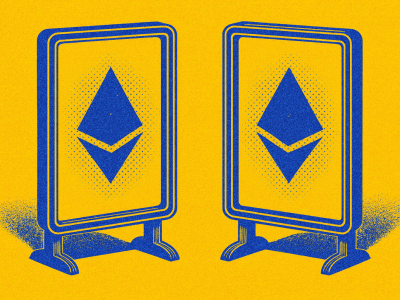
Smart Contracts Aren’t Deployed Yet, but Addresses Already Exist: Why CREATE2 (EIP-1014) Matters
Roman Yarlykov
Solidity developer
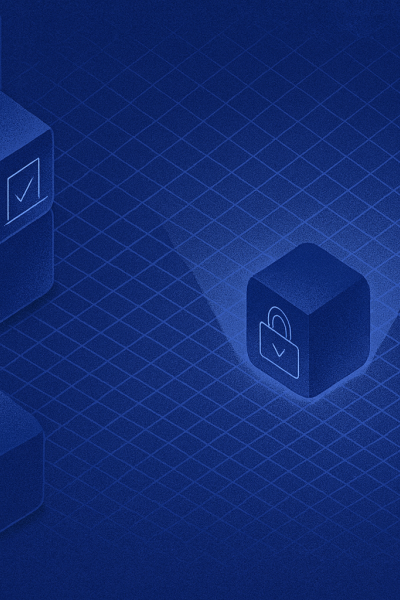


How to Fork and Launch Uniswap V3 Smart Contracts: A Practical Guide
Alexei Kutsenko
Solidity developer

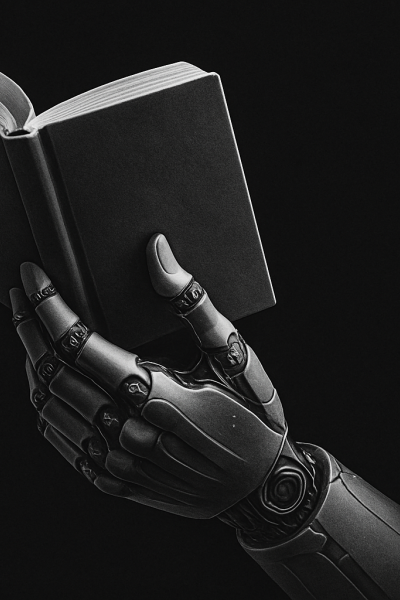
Bittensor: Overview of the Protocol for Decentralized Machine Learning
Alexei Kutsenko
Solidity developer
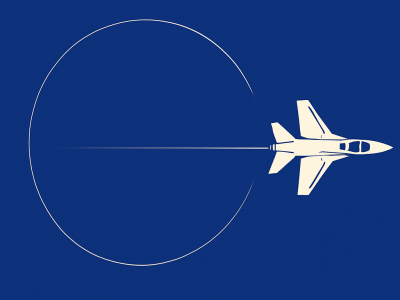
Aerodrome Protocol: How a MetaDEX on Base Blends Uniswap, Curve, and Convex
Roman Yarlykov
Solidity developer
Articles
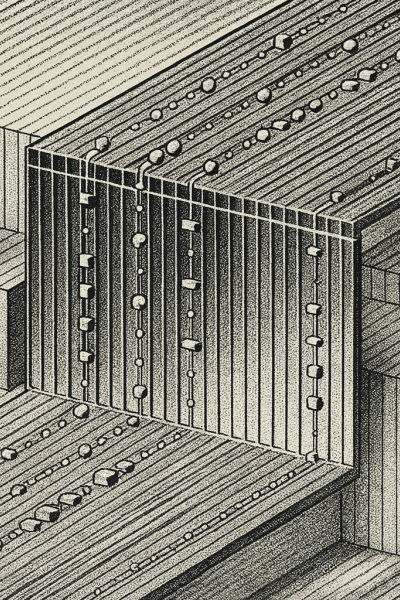
Algebra Finance: Modular DEX-as-a-Service with Plugins, Dynamic Fees, and Uniswap Compatibility
Roman Yarlykov
Solidity developer
Articles

ERC-6909: Minimal Multi-Token Interface and Why It Matters for Ethereum Projects
Pavel Naydanov
Solidity developer

Uniswap v4 Explained: Hooks, Singleton Architecture, Dynamic Fees & ERC-6909
Pavel Naydanov
Solidity developer


AI Agents: How AI Agents Conquered the Crypto Market + Key Projects
MetaLamp editorial team
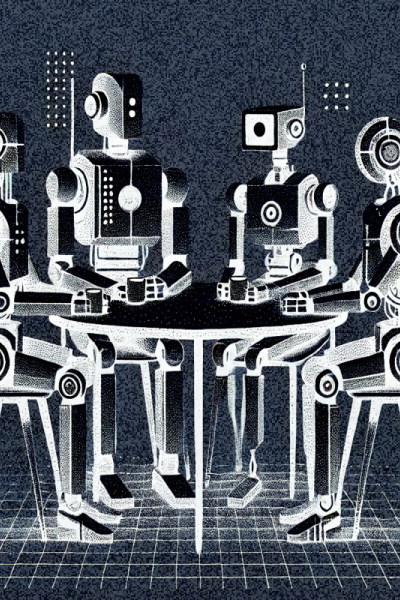
AI and Blockchain: Key Takeaways from 2024 and Industry Forecasts for 2025
MetaLamp editorial team

The main events in The Open Network (TON) ecosystem in 2024
MetaLamp editorial team

A Guide to EigenLayer: How the ETH Restaking Protocol Attracted $15 Billion TVL
MetaLamp editorial team

The Open Network 2025: figures, events, analytics, forecasts
MetaLamp editorial team

Overview of Blockchain Bridges: Interaction Between Different Networks
Roman Yarlykov
Solidity developer




5 Rules from the Founder: How an EdTech Project Can Attract Investments. The Case of the Online School “Logopotam”
Alexey Litvinov
CEO and founder of the online school Logopotam

Is it worth launching a project on Solana, despite the hype around memes?
MetaLamp editorial team

Mintless Jettons on TON: A New Feature Making TON Projects Even More Attractive
MetaLamp editorial team
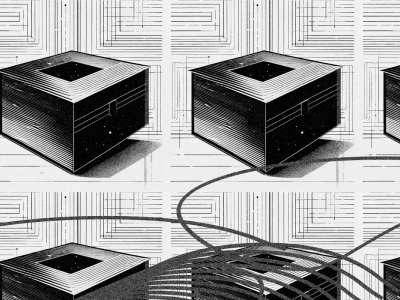
3 reasons to choose a ready-made solution for mini-apps in Telegram instead of developing from scratch
Dmitriy Shipachev
CEO at Finch


Think of it like a hamster for traffic: how to attract an audience with a Telegram clicker game
Nico Bordunenko
Business Analyst at MetaLamp
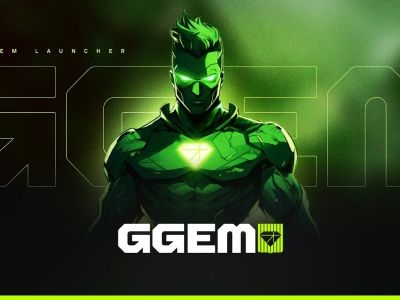


Which Rollup to Choose for Your Project: Arbitrum, Optimism, Base, ZK EVM, and Others
MetaLamp editorial team
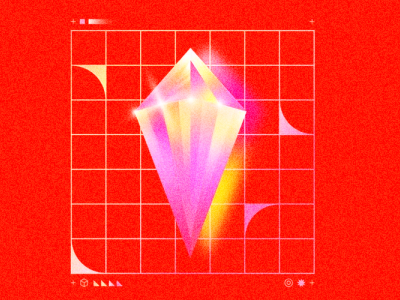
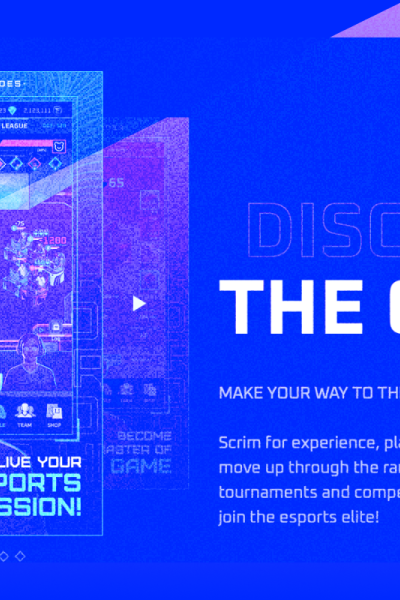
How We Adapted a Mobile RPG for Blockchain and Enabled NFT Sales
MetaLamp editorial team

How TON Payments Enable Fee-Free Micro-Transactions and Their Uses
MetaLamp editorial team
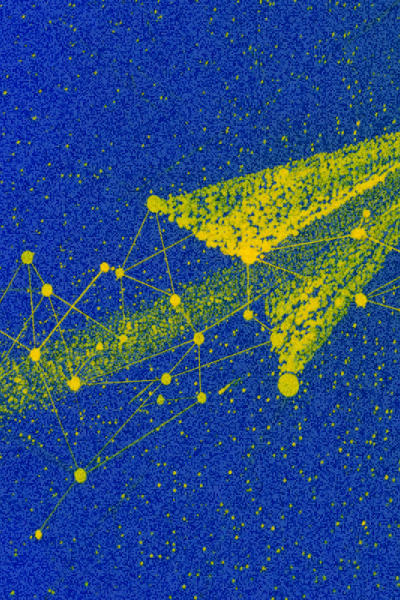
What You Need to Know Before Starting a Project on TON
MetaLamp editorial team

What is the Meaning and Benefits of MVP for Startups in 2024?
MetaLamp editorial team
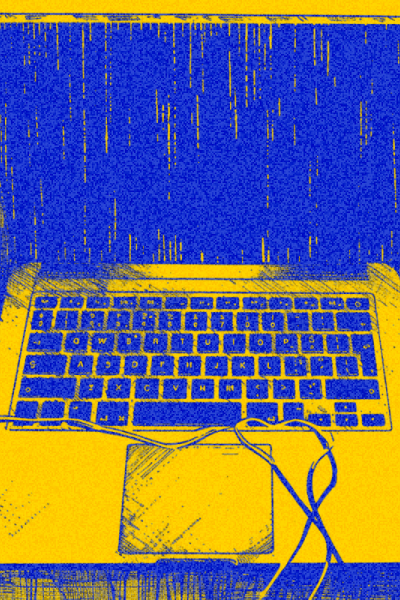

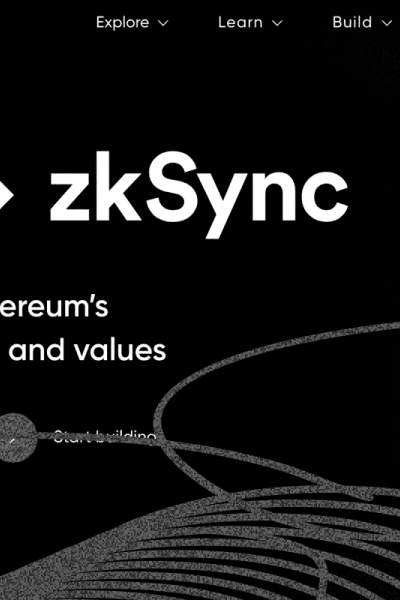

RWA explained: Opportunities of Real-World Assets in 2024
MetaLamp editorial team


Creating a Crypto Transaction Widget for Google Sheets: The CPayToday Journey
MetaLamp editorial team


How Early-Stage Startups Can Stay on Track with Development
MetaLamp editorial team

How to Attract Investments: Insights from Successful 2023 Startups
Mykola Pryndiuk
Social Media Specialist

When and How to Find a Technical Partner for Your Startup
MetaLamp editorial team



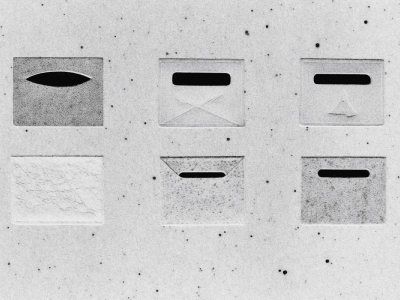
Understanding the Necessity of Account Abstraction in the Crypto World
Pavel Naydanov
Solidity developer

Ways to Speed Up Development: Outstaffing Pros and Cons
MetaLamp editorial team



Freelancer, Agency, or Contract Employees: Who to Hire for Startup MVP Development
Yana Geydrovich
Partnership manager at MetaLamp

From Corporate Blog to Brand Media: The Birth of Metalamp Magazine
Mykola Pryndiuk
Social Media Specialist

La Migliore Offerta: The Impact of Cryptocurrency on Business and Economy in 2023
Roman Shtih
CEO Metalamp






How We Use Our Training Program to Recruit Plutus Engineers
Svetlana Dulceva
The Education Program Supervisor

Discover Why IT Companies Appreciate Our Junior Developers
Svetlana Dulceva
The Education Program Supervisor

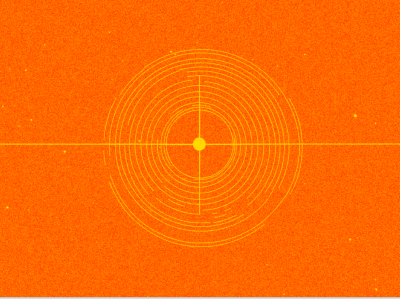





How We Designed a No-Cost Education Program for Web Development
Sergey Cherepanov
CTO MetaLamp
Articles


